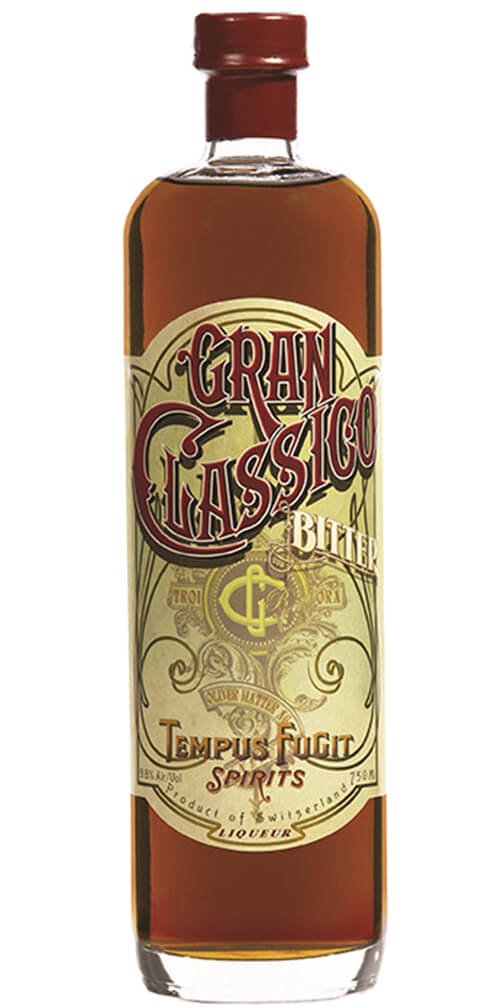Bitter Botanicals: What is Rhubarb & Where Do We Find It?
This article is part of a series on some of the bitter botanicals most frequently used in cocktails and spirits and is in anticipation of Camper English’s upcoming book, Doctors and Distillers.
Unlike wormwood, cinchona bark, and gentian, rhubarb root doesn’t carry a blow-your-mouth out bitter bite, but more of a flavor that pairs so well with other bitter ingredients. But the rhubarb that you might be thinking of, particularly if you are in the US or UK, is not the rhubarb used in most bitter liqueurs. The rhubarb plant has three basic parts: the huge leaves, the red stalks, and the yellow roots of the plant that are used in liqueurs and herbal medicine.
Leaves of rhubarb contain high levels of oxalic acid and should not be eaten or blended into drinks. The red stalks of rhubarb, the part that you most often see for sale in the produce section, flavor foods like jam and pies. In recent years, the stalks have been used to flavor some new gins, particularly in the UK: If you see a rhubarb-flavored gin, that’s not the bitter part.
"File:Rhei1.JPG" by Maša Sinreih in Valentina Vivod is licensed under CC by SA 3.0
The roots of the plant (not usually sourced from the same plants as the stems – these roots come dried and very often from China or Turkey) are brown-yellow in color. When the roots are infused into alcohol they can produce a bright yellow liquid that was once used as hair dye. (In Chinese medicine, rhubarb is known as dà huáng meaning “big yellow.” In rhubarb liqueurs, the bright yellow is typically covered up with brown caramel coloring, but by swirling the bottle a yellow sheen is often visible at the surface of the liquid.) More than its use as hair dye, rhubarb root was consumed as a laxative and stomach soother dating back millennia.
Rabarbaros
Rhubarb root is the main flavoring agent of amaro sub-category called rabarbaro that includes brands Cappelletti Sfumato Rabarbaro (made with Italian rhubarb) and Rabarbaro Zucca (made with Chinese rhubarb). Many other brands of rabarbaro are made in Italy but not imported to the States.
Amaros & Bitters
Rhubarb root is also found in liqueurs including Luxardo Bitter, Gran Classico, Fernet-Vallet, Cocchi Vermouth di Torino, Amaro Nonino Quintessentia, Amaro Sibilla, and Amaro Dell’Erborista, and almost certainly it is included in the secret formulations for Campari and Aperol.
Tasting Notes
The taste and aroma of rhubarb root are that of earthy and often-smoky mustard. (The first time I smelled it was from a giant sack of rhubarb at the processing plant that makes the botanical ingredients for Zucca, and I instantly fell in love with it.) Now, you may not think your Campari smells like mustard, but I invite you to pick up the bottle right now and give it a sniff and try to find that aroma – it’s in there!
The different varieties I have been able to smell and taste have ranged in flavor and aromatic intensity - some is staggeringly aromatic, unlike the other bitter botanicals in this series. The relative strength and ratio of the mustard-like flavor, earthiness, and/or smokiness of different varieties is apparent in the raw ingredient and in the bottled products we drink.
To familiarize yourself with the isolated flavor of rhubarb root, you can purchase some of the dried roots online, in local herb shops, and sometimes from homebrew supply companies. Or you might be able to find it (possibly labeled as dà huáng) in a traditional Chinese medicine supply shop.
Or pick up a bottle of Sfumato, because then you can just drink it after you’re done sniffing.



